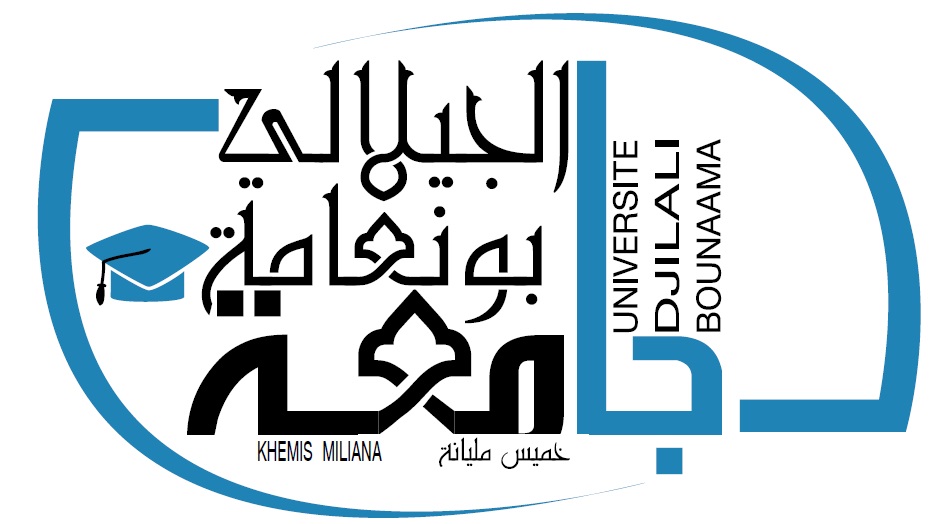Development Intercultural Communicative
Aperçu des sections
-
-
Hello,
I am attaching the tentative syllabus for semester 02 in ICC. Please read what you are exptected to cover during this semester. Your comments and suggestions are welcome.Thank you.
-
-
-
This lesson marks the beginning of the second semester for this year. It takes a comparative hands-on approach to the study of culture and communication.
You will read how nation-state cultures differ in fundamental or underlying values. Approaches that focus on nation-state identity make the assumption that cultural boundaries match up with political boundaries. Thus, to argue that nation-state is the major source of identity assumes that each nation-state represents a single cultural tradition.
You’ll read about the cultural dimensions developed by Geert Hofstede. Hofstede initially developed his model in the 1960s and 1970s. His intercultural theory was one of the first that could be quantified and could be used to explain observed differences between cultures. It has become the major theory in intercultural communication research.
The handout starts with a discussion of Hofstede’s research and the criticisms it received. Next, the dimensions developed by Trompenaars and Hampden-Turner will be explored. Finally, for illustration of Hofstede’s model, a case study (Singapore) will be discussed.
-
Unit two, covers the main hurdles that face intercultural communication. An understanding of these will help you pinpoint them and work on avoiding them. The unit aims to;
1- List the barriers to effective and appropriate intercultural communication
2- Give an example of ethnocentrism that demonstrates it as a barrier to intercultural communication
3- Distinguish between stereotypes, prejudice, and racism and show how each is a barrier to intercultural communication
-
Matthew Syed examines Turnbull's seemingly utopian experiences in the forest with the Mbuti and contrasts them with his utterly bleak account of the Ik people of Uganda. The Ik were, according to Turnbull, a "loveless" people devoid of culture, brutal and totally uncaring. He labelled them "the most selfish people on earth". Turnbull argued that the Ik offered a stark warning to westerners. This allegedly nightmarish society was, according to Turnbull, the way the west was headed. Matthew hears from Turnbull's critics who say he misunderstood the Ik and uses Turnbull's work to ask a profound question - is mankind fundamentally rotten and selfish at the core, or do kindness and compassion lie at the beating heart of human society?
-
The Ik – among the poorest people on Earth – have been cast as exemplars of human selfishness. The truth is much more startling Catherine Townsend puts forward in this paper.
-
-
-
Déposé le 15 mars 22, 08:45
Based on research conducted in more than seventy countries over a forty-year span,Cultures and Organizations examines what drives people apart—when cooperationis so clearly in everyone’s interest. With major new contributions from MichaelMinkov’s analysis of data from the World Values Survey, as well as an account ofthe evolution of cultures by Gert Jan Hofstede, this revised and expanded edition:
- Reveals the “moral circles” from which national societiesare built and the unexamined rules by which people think,feel, and act
- Explores how national cultures differ in the areas of inequality,assertiveness versus modesty, and tolerance for ambiguity
- Explains how organizational cultures differ from nationalcultures—and how they can be managed
- Analyzes stereotyping, differences in language, cultural rootsof the 2008 economic crisis, and other intercultural dynamics.
Amazon Books
-
-
Déposé le 15 mars 22, 09:13Research Methods in Intercultural Communication introduces and contextualizes the most important methodological issues in the field for upper-level undergraduate and graduate students. Examples of these issues are which paradigms and how to research multilingually, interculturally and ethnically. Provides the first dedicated and most comprehensive volume on research methods in intercultural communication research in the last 30 years Explains new and emerging methods, as well as more established ones. These include: Matched Guise Technique, Discourse Completion Task, Critical Incident Technique, Critical Discourse Analysis, Ethnography, Virtual Ethnography, Corpus Analysis, Multimodality, Conversation Analysis, Narrative Analysis, Questionnaire and Interview. Assists readers in determining the most suitable method for various research questions, conceptualizing the research process, interpreting results, and drawing conclusions Supports students from start to finish with key terms, suggestions for further reading, research summaries, and sound guidance from experienced scholars and researchers.
WILEY
-
-
